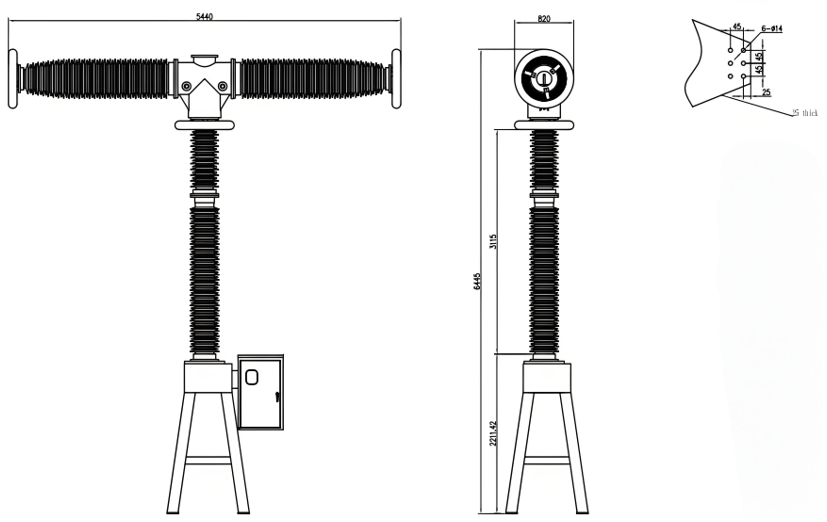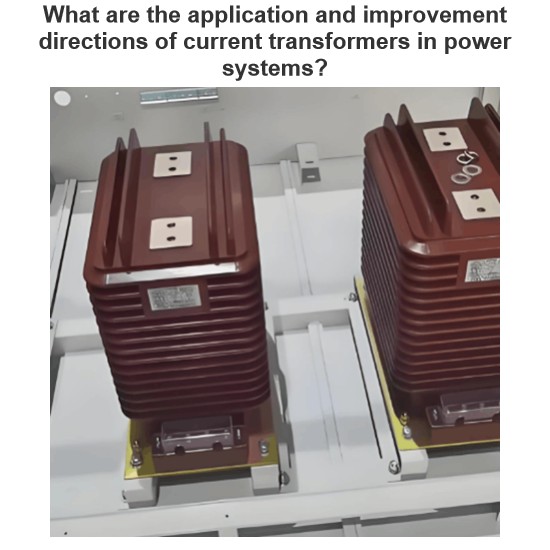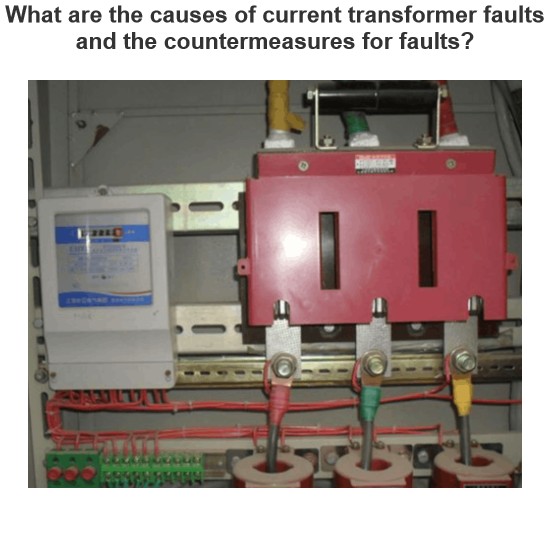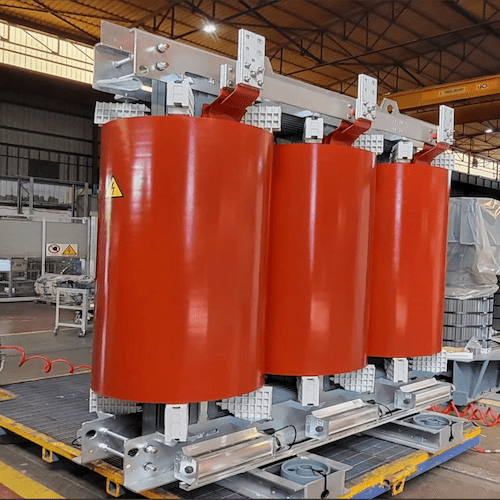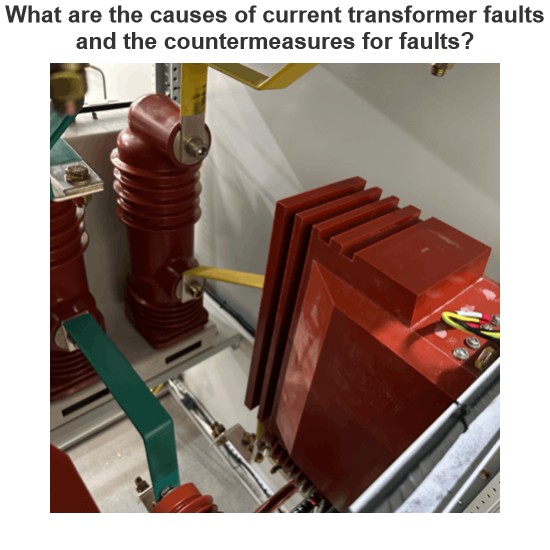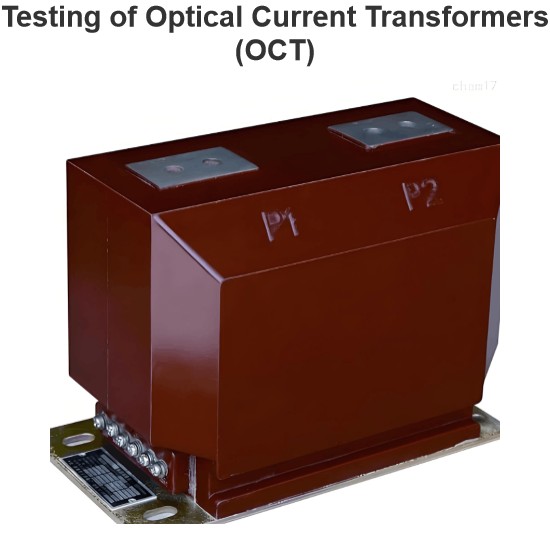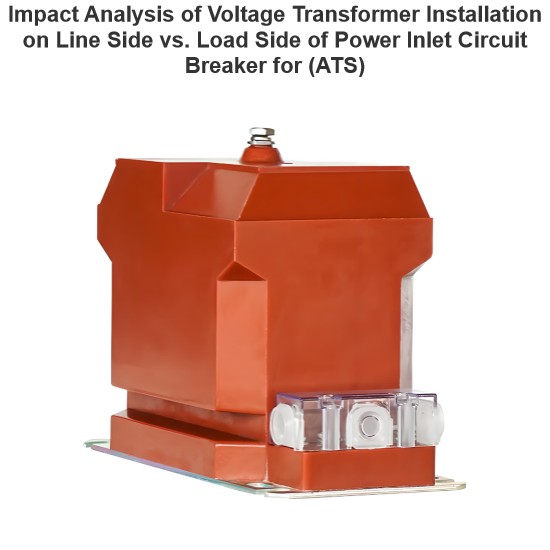| Brand | ROCKWILL |
| Model NO. | RHB type Live tank SF6 gas circuit breaker |
| Rated voltage | 72.5kV |
| Rated frequency | 50/60Hz |
| Series | RHB |
Description :
The RHB type Live tank SF6 gas circuit breaker is specifically designed for outdoor high - voltage environments. Utilizing self - blast arc - extinguishing technology and taking advantage of the excellent insulating and arc - extinguishing properties of SF₆ gas, it can quickly quench arcs, ensuring the efficient interruption of fault currents. With a compact and robust structure, it can adapt to various harsh weather conditions. It boasts high reliability and a long service life, which can significantly reduce maintenance frequency, making it a key device for enhancing the safety and stability of power systems.
Main function introduction:
SF6 gas is used for arc extinguishing
Monitor with a pointer-type density relay
Adopt the self-blast arc extinguishing principle
Adopt pointer-type density relays for pressure and density monitoring
Technology parameters:
RHB-52
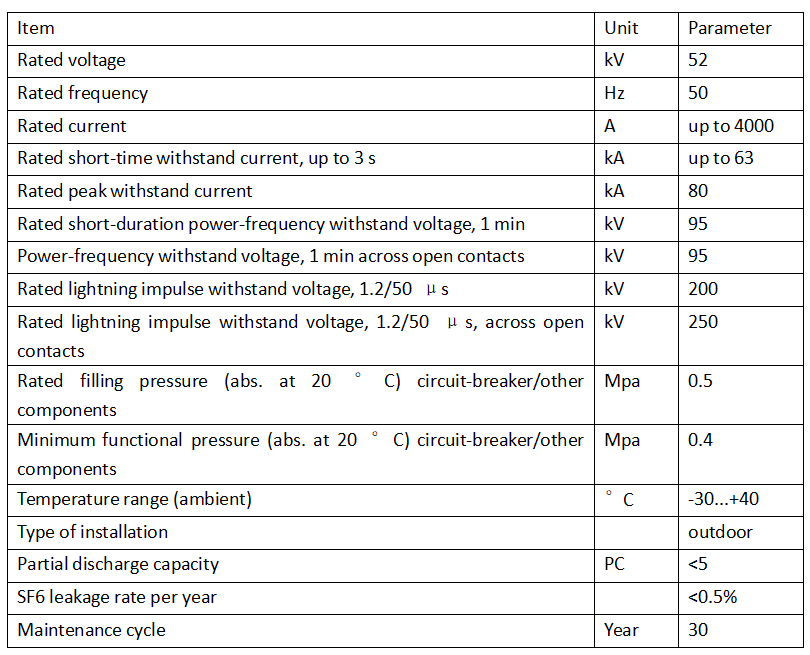
RHB-72.5
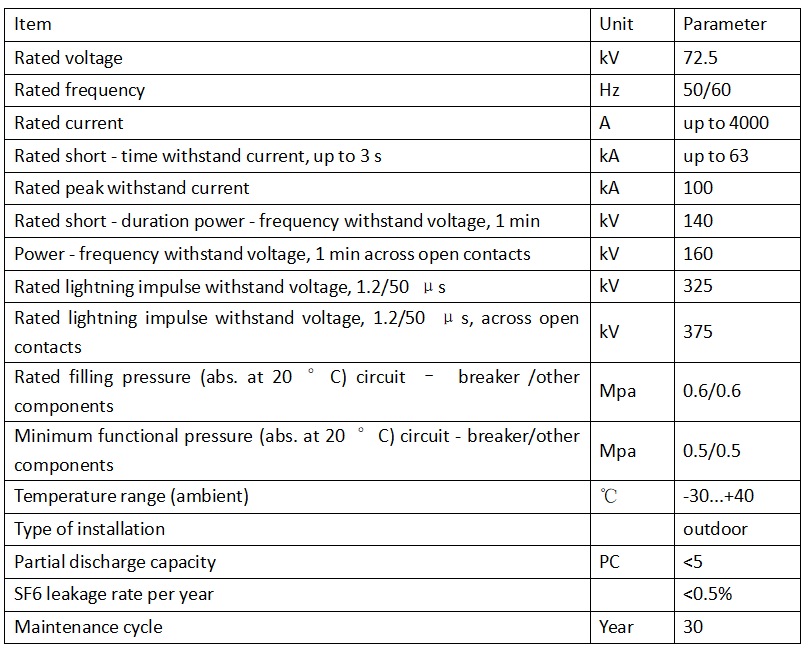
RHB-123/145
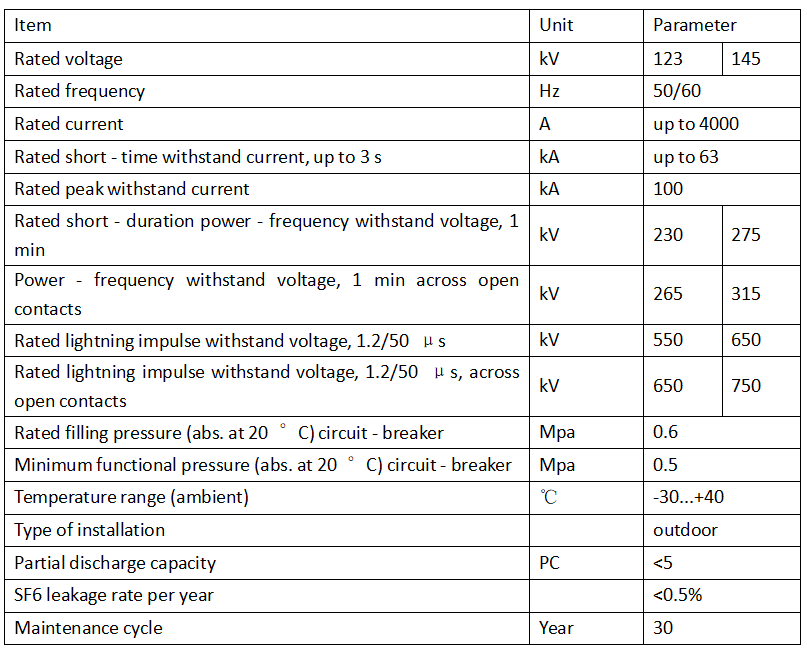
RHB-170
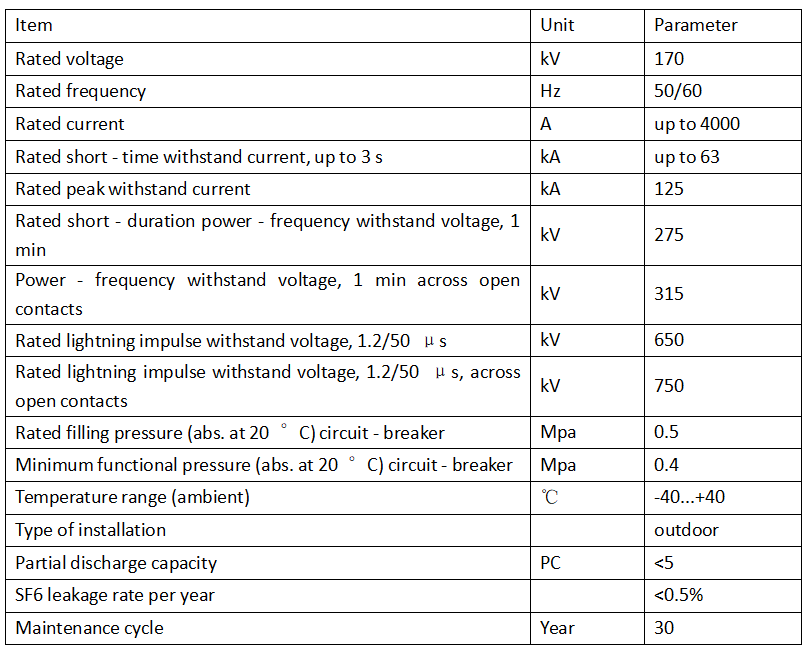
RHB-252
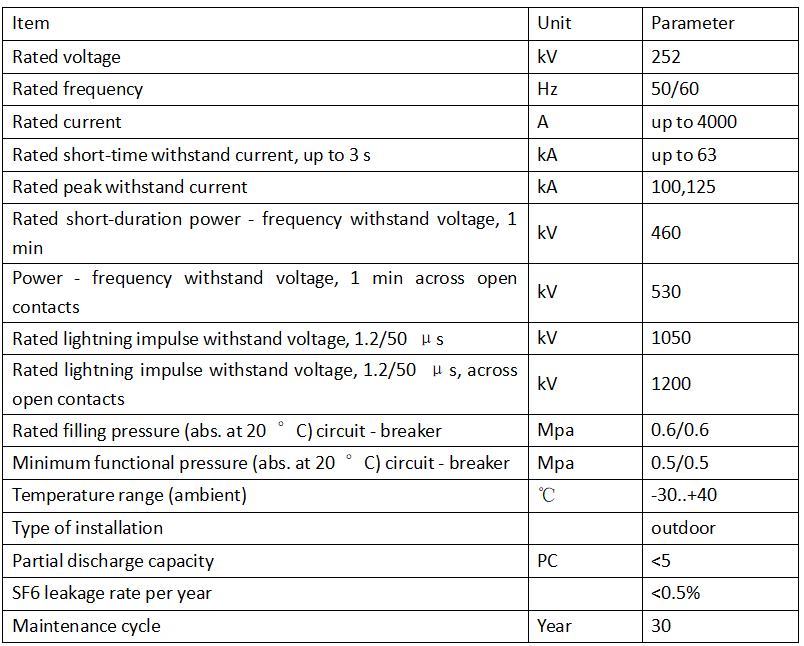
RHB-363
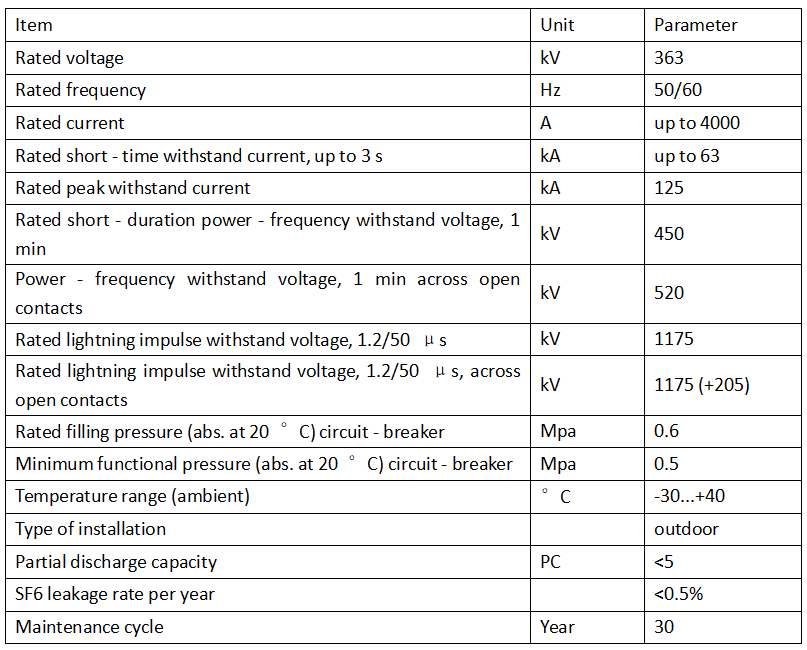
Device structure:
RHB-52
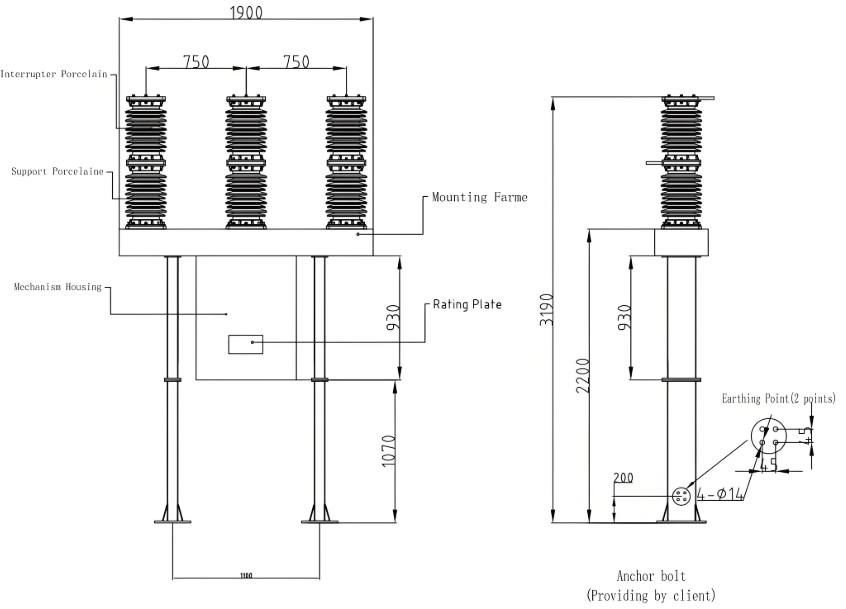
RHB-72.5
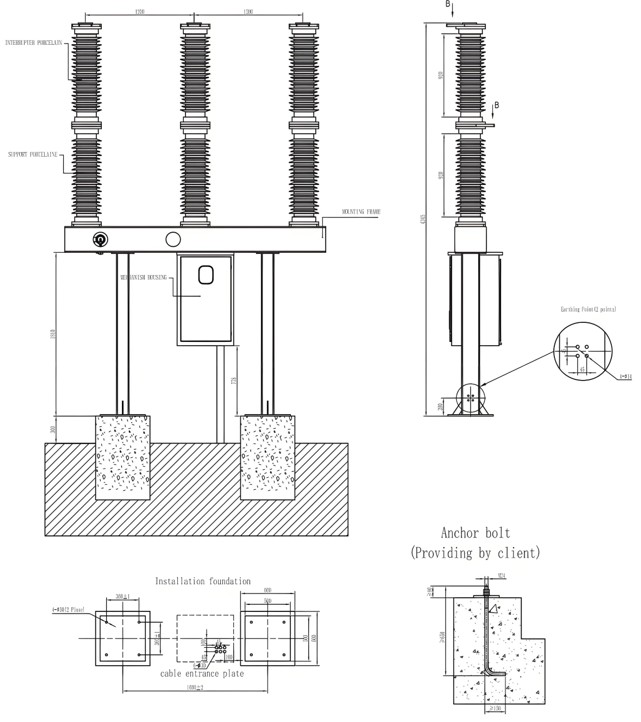
RHB-123/145
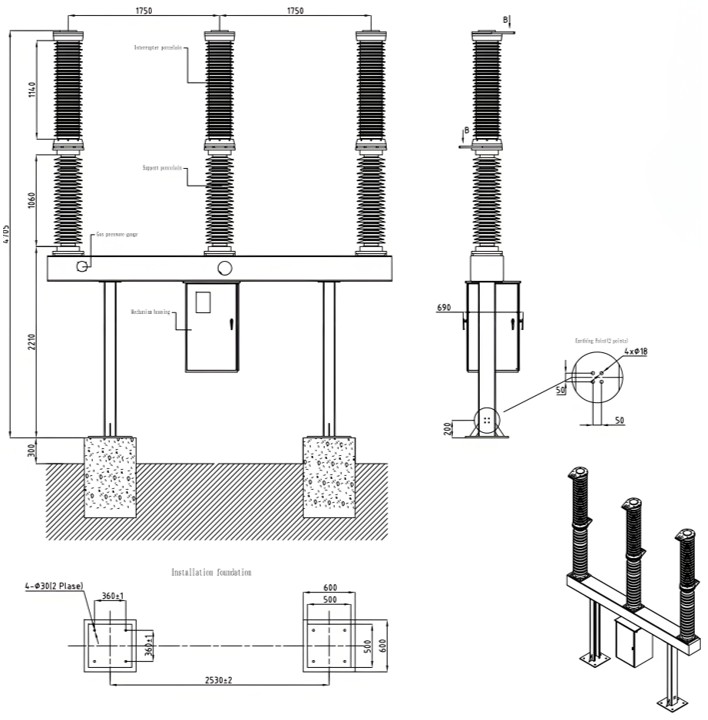
RHB-170
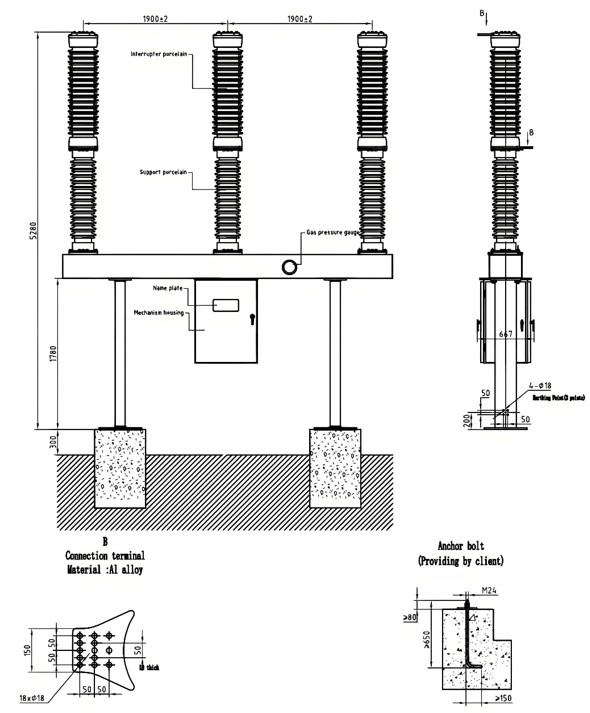
RHB-252
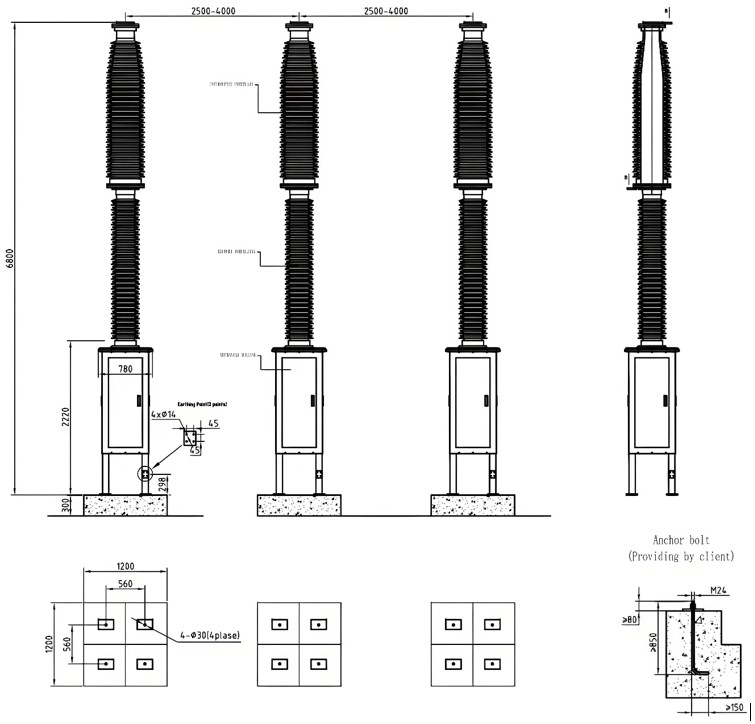
RHB-363
